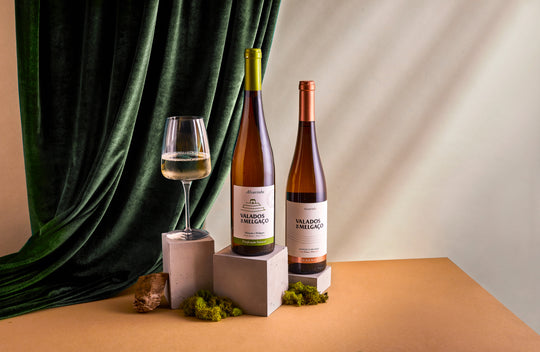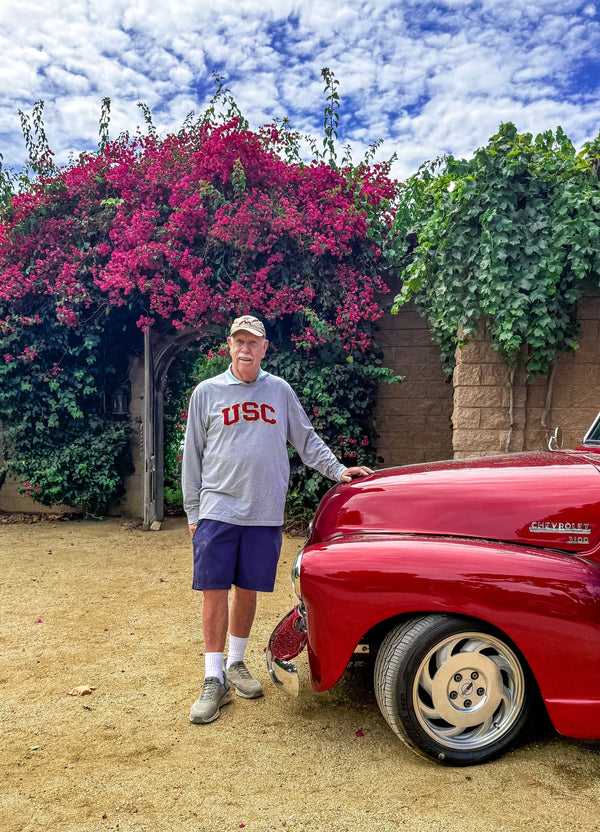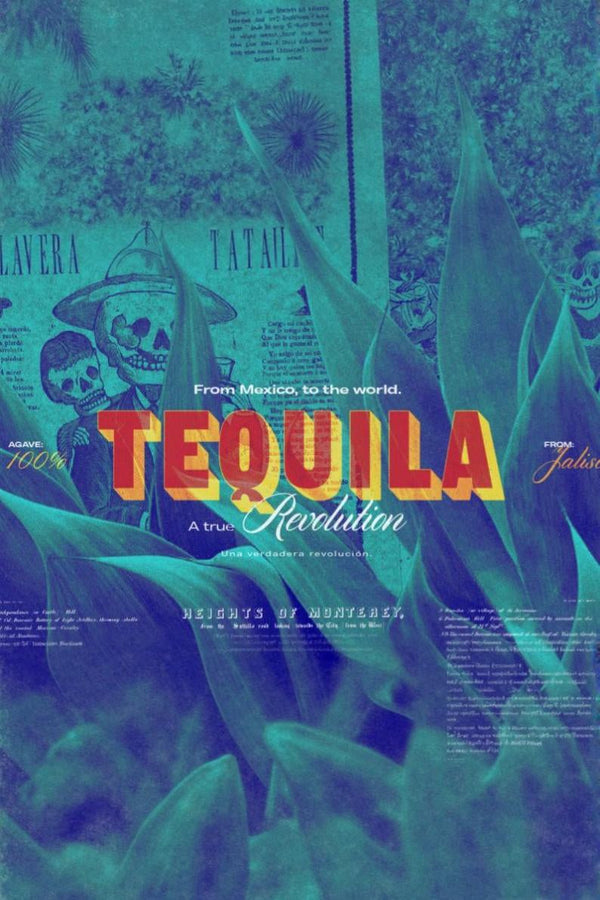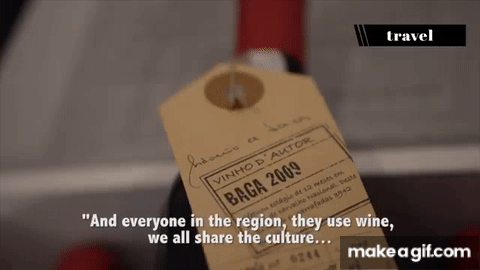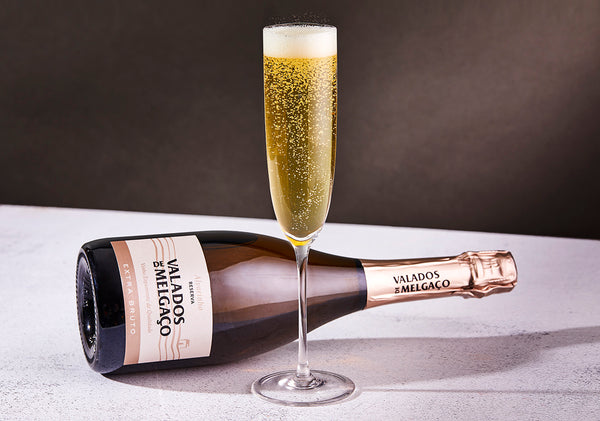A Guide to Cava, Champagne, Prosecco and Espumante

They’re all bubbly and sparkle, but they stand out on their own?
They are the perfect drink to mark important moments and celebrations, are synonymous with their countries of origin and leave a fresh and effervescent taste in your mouth, but Cava, Champagne, Prosecco and Espumante are markedly different, even if they are all sparkling wines.
When it comes to the bubbly, most people think of Champagne, and the beverage grown exclusively in the Champagne region of France is truly the leader in the category. But Spain and Italy also produce their own sparkling wine that is equally tasty and shiny, with plenty of fizz. All of them are made with particular grapes and fermentation processes that make them stand out on their own.
Champagne
The grand bubbly dame hails from northeastern France and is made using Pinor Noir, Pinot Meunier and Chardonnay grapes, individually, in pairs or a combination of all three.
Its fiz is the result of a 15-month process called method Champenoise (traditional method) where a winemaker ferments the grape juice into base wine, then bottles it with sugar and yeast, before being closed with crown or natural corks and fermented for a second time for approximately three weeks. Carbon dioxide produced during the second fermentation dissolves into the wine, giving it its sparkle.
The bottles are also gradually tipped forward to collect the lees (dead yeast and sediment) in the bottle’s neck, which is flash-freeze to remove the lees. Before corking, each bottle is spiked with dosage—a mixture of sugar and wine that gives bottles their sweetness. This part is also what gives Champagne is bubbly. When yeast eats sugar, it produces carbon dioxide, but the corks prevent its evaporation. This high pressure process makes Champagne’s bubbles finer and more persistent.
Champagne can take on different flavors, from ripe apple to brioche, citrus aromas and even nuts. And it is also more acidic.
Prosecco
Closely behind in sales worldwide is its Italian counterpart, Prosecco.
The popular white wine and a favorite of holiday celebrations comes from the Veneto and Friuli growing areas in the northeastern part of Italy. It is made with Glera (which used to be called Prosecco) and Pinor Noir grapes varieties, in a combination that includes 85% Glera grapes and a maximum of 10-15% of Pinot Noir, though it can also include Chardonnay, Pinor Bianco and Pinot Grigio.
Unlike Champagne or Cava, Prosecco is made using the Charmat-Martinotti method, where the second fermentation lasts at least 60 days in pressurized tanks, instead of bottles. This is much faster and cheaper, and that’s why Prosecco tends to be less expensive than its French and Spanish counterparts.
Light and frothy, Prosecco also has plenty of fiz, but its different fermentation method makes it evaporate more quickly, so drink up before the bubbles go away. The different production method also makes the bubbles bigger and less persistent.
For a long time Prosecco was only available in bianco (white) version, but lately rosé styles have also appeared, something frown upon by Prosecco purists who see this as taking away the beverage identity.
Prosecco is also much lighter than its counterparts and takes like white flowers, apple and pear and is sweeter than Champagne and Cava.
Cava
Spain also has its own renowned sparkling wine. Cava is made with native grapes like Macabeu, Xarello and Parellada, but it can also include Chardonnay, Pinot Noir, Garnacha and Monastrell. Its production process is similar to that of Champagne, though it’s called traditionelle.
Almost 95 percent of Cava hails from Penedès growing region in Catalonia, in northeastern Spain.
Cava, which also has fine and persistent bubbles similar to Champagne, takes on earthy tones and may feature hints of almonds and lemon zest, citrus notes and hints of pear or quince.
Besides these top three sparkling wines, there are many others wine varieties with significant levels of carbon dioxide to make them fizzy. The following are some of these lesser known offerings.
Crémant
Crémant is produced worldwide with a variety of grapes. Similar in production to Champagne, it is less effervescent.
Regardless of place of origin, all Crémants adhere to certain regulations, including hand harvesting of grapes, whole bunch pressing with limited extraction, and a minimum of nine months lees aging.
Given its different origins, Crémant takes on many notes, including elderflower and honey.
Franciacorta
Italy’s answer to Champagne, Franciacorta is an sparkling wine from the Lombardy growing region in Northern Italy produced very similarly to French beverage using the traditional bottle fermentation and using Chardonnay, Pinot Noir and Pinot Blanc grapes. Besides the country of origin, another major difference between Franciacorta and Champagne is their history. Champagne dates back over 350 years; Franciacorta a mere 50 years.
Franciacorta comes in vintage and non-vintage forms, in white and rosé version. There is lso a blanc de blancs equivalent called Franciacorte Satèn, made with Chardonnay and Pinnot Bianco.
The wine hints include fruit jam, vanilla and hazelnut.
Sparkling wine
There’s even a general sparkling wine category from Germany and Austria that is fermented in bottles or tanks using Riesling, Welschriesling varieties in Germany and Grüner Veltliner and Sauvignon Blanc grapes in Austria.
Sekt is one of these sparkling wines, which tends to be sweeter than Champagne and Cava and less fizzy.
Almost all German Sekt is made using the Charmat method using tanks, similar to Prosecco. Austrians, on the other hand, use more often the method traditionnelle, of bottle fermentation.
The wine can take hints of green apple and nectarines, melon, and jasmine.
Vinho Espumante
Portugal, another of the top European wine producers, also has its own sparkling wine, called Vinho Espumante. Produced in much the same way as Champagne, Vinho Espumante also includes adding sugar and yeast to the base wine and allowing to be fermented in the bottle. Some winemakers also have a second fermentation in steel tanks before being filtered and bottled.
Vinho Espumante falls into one of four categories, with the top tier going to those from the Bairrada region, where the traditional bottle fermentation method is used. Next comes those from VFQPRD (Vinho Frisante de Qualidade Produzido em Regiao Determinada) which are made in the Douro, Ribatejo, Estremadura, Minho and Alentejo region. Then there’s the VQPRD (Vinhos de Qualidad Produzides em Regiao Determinada), which can be made anywhere in the country. And in the lower tier is Espumoso, the lowest level sparkling wine produced by injecting the wine with carbon dioxide, much in the same way sodas are prepared, with the lowest fizz quality.
Espumante often comes in branco (white) with floral aromas and fine bubbles, but there are also rosados (rosé) with notes of strawberries and raspberries and tinto (red) varieties that are more fruity, as well.

